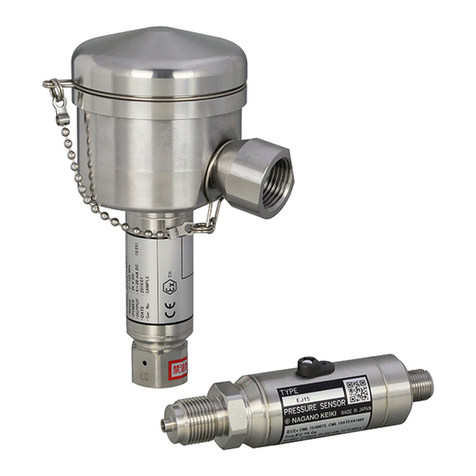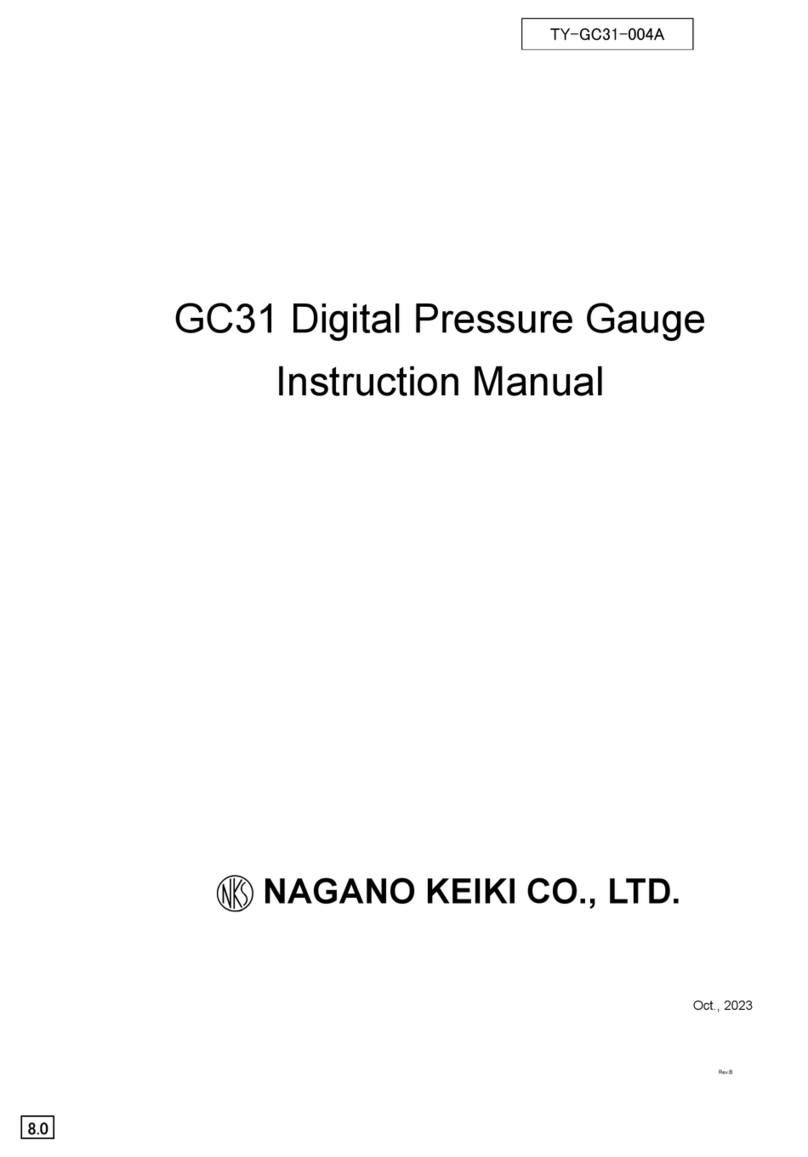
TY1-3A 3/18
1. INTRODUCTION
Besides the temperature, flow rate, etc., the pressures is also an important factor as a
process variable. Thus, pressure measurement is one of the important parts in
manufacturing. The advance of the equipment and plant engineering technology requires
higher performances and more versatile functions of measuring instruments, and
manufacturers provide various models to meet such requirements. However, instruments
are selected or used improperly, they will not demonstrate their full functions, resulting
in a failure in proper measurement or accidents in the worst cases. This manual describes
the basic operations of the pressure gauges. Read enough it carefully for trouble-free and
efficient operations.
In this manual, strictly note that "DANGER" "WARNING", etc. are indicated for the items
that may cause peril of life or serious injury.
[Before Using Pressure Gauge]
Read well this manual carefully to use the pressure gauge properly and efficiently. Note
that this manual describes the basic operations of our general-purpose pressure gauges
but does not cover all necessary matters.
As for the matters not described in this manual, inquire at our office.
[Warranty]
If the delivered products within the warranty period (within one year from the delivered
date) are determined to be non-conforming products according to "Defects due to the
design or manufacturing by NKS", they are repaired or replaced with conforming products
free of charge.
However, please note that the following cases are excluded.
①Where the delivered products are disassembled, altered or where their parts are
replaced or where any new function is added by the customer or any third party.
②Where directions described in the instruction manual or catalog are not observed.
③Where the non-conformance is caused by deterioration due to use, natural
disaster, fire or other force majeure events.
④The secondary damage caused by the non-conformance of the products including
the above.
Regardless of recognition of miss handling by the customer, where any apparent
evidence of deformation, abrasion, burnout, etc. are seen in parts, they shall be excluded
from the warranty scope and the cost shall be paid.






























